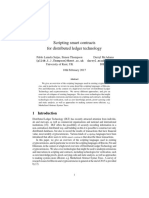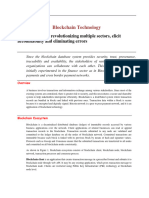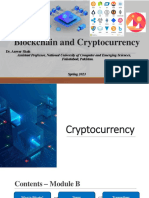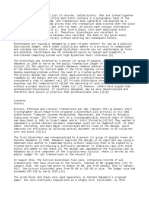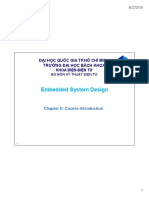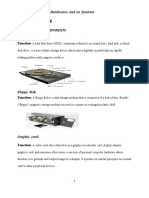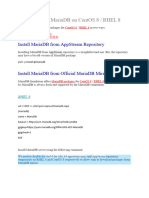0% found this document useful (0 votes)
14 views9 pagesPart-B IAT1
The document discusses various blockchain tools and frameworks, including Truffle, Embark, and Hyperledger, which assist developers in creating decentralized applications and managing smart contracts. It also contrasts Ethereum and Bitcoin, highlighting Ethereum's scripting capabilities and Bitcoin's peer-to-peer transaction model. Additionally, it covers consensus algorithms like Proof of Work and Proof of Stake, and introduces concepts like Decentralized Autonomous Organizations (DAOs) and the InterPlanetary File System (IPFS) for decentralized data management.
Uploaded by
THARUN KUMAR M 21AD069Copyright
© © All Rights Reserved
We take content rights seriously. If you suspect this is your content, claim it here.
Available Formats
Download as PDF, TXT or read online on Scribd
0% found this document useful (0 votes)
14 views9 pagesPart-B IAT1
The document discusses various blockchain tools and frameworks, including Truffle, Embark, and Hyperledger, which assist developers in creating decentralized applications and managing smart contracts. It also contrasts Ethereum and Bitcoin, highlighting Ethereum's scripting capabilities and Bitcoin's peer-to-peer transaction model. Additionally, it covers consensus algorithms like Proof of Work and Proof of Stake, and introduces concepts like Decentralized Autonomous Organizations (DAOs) and the InterPlanetary File System (IPFS) for decentralized data management.
Uploaded by
THARUN KUMAR M 21AD069Copyright
© © All Rights Reserved
We take content rights seriously. If you suspect this is your content, claim it here.
Available Formats
Download as PDF, TXT or read online on Scribd
/ 9











